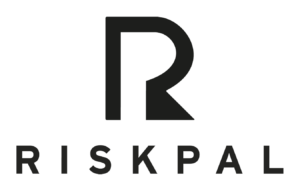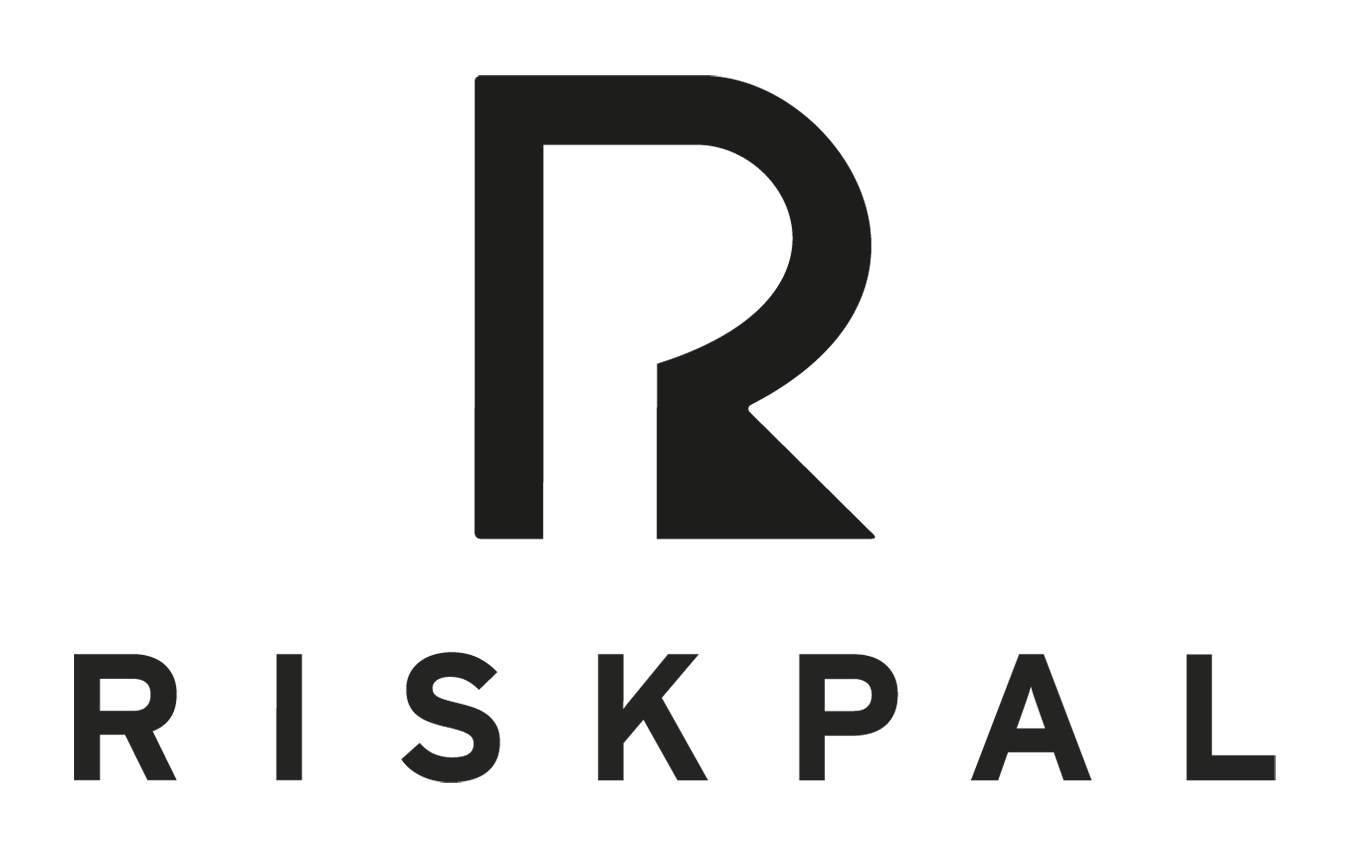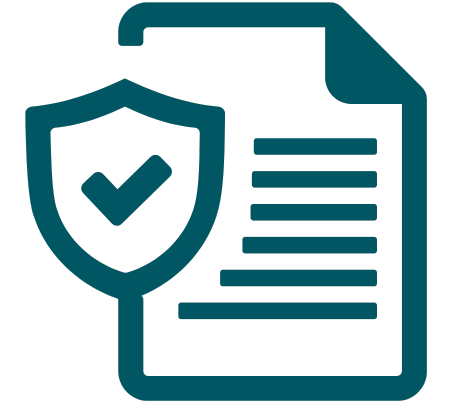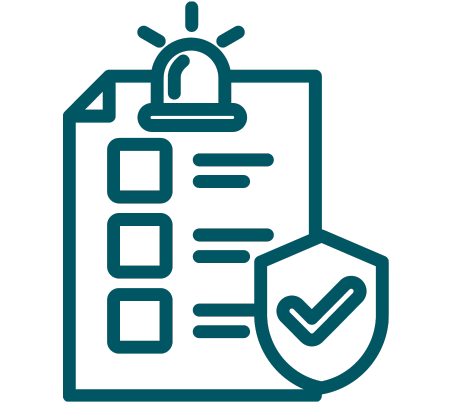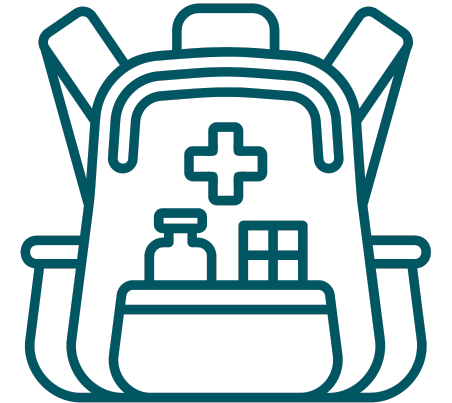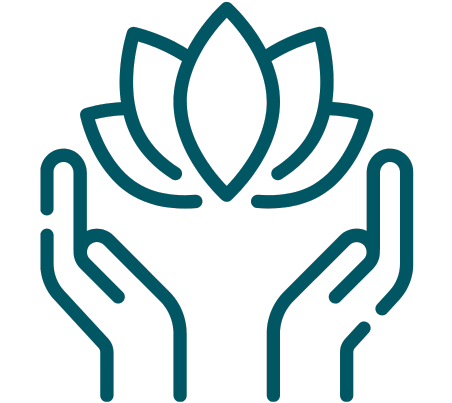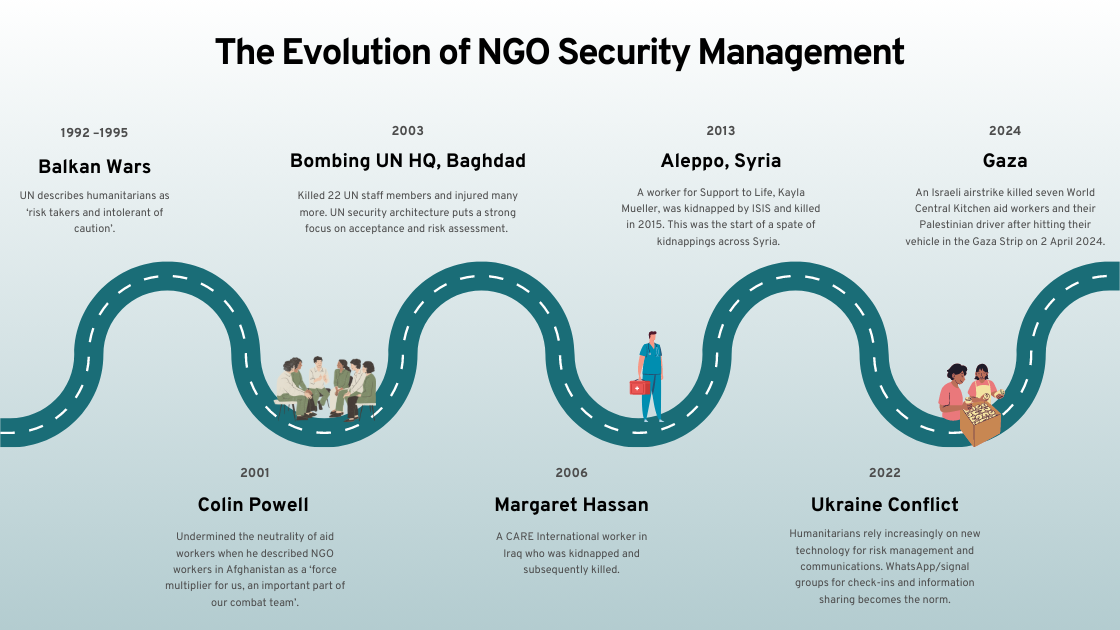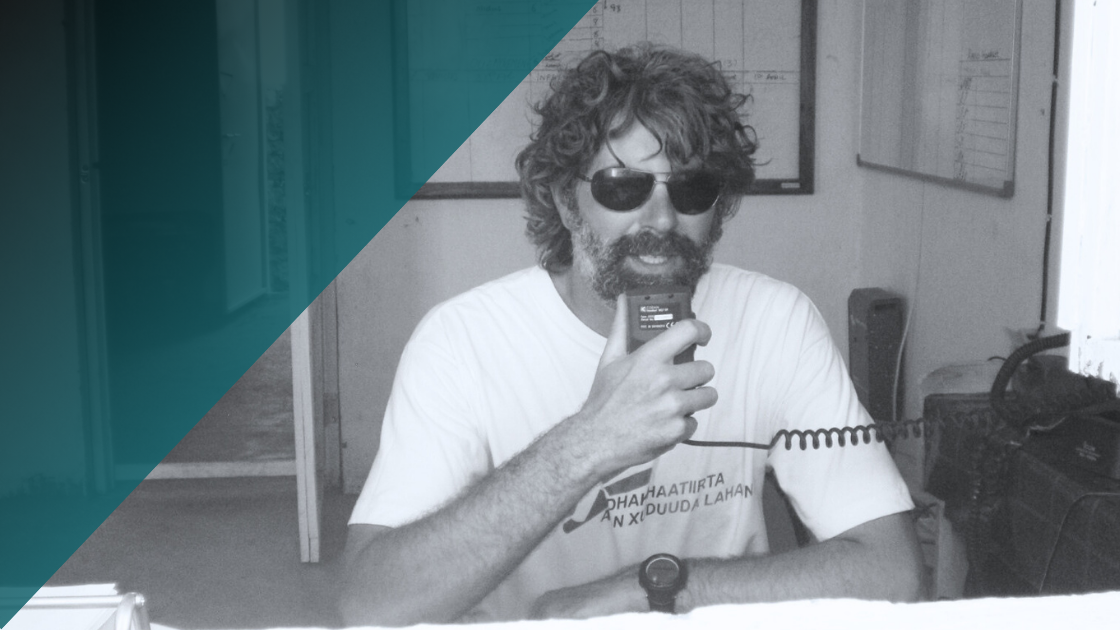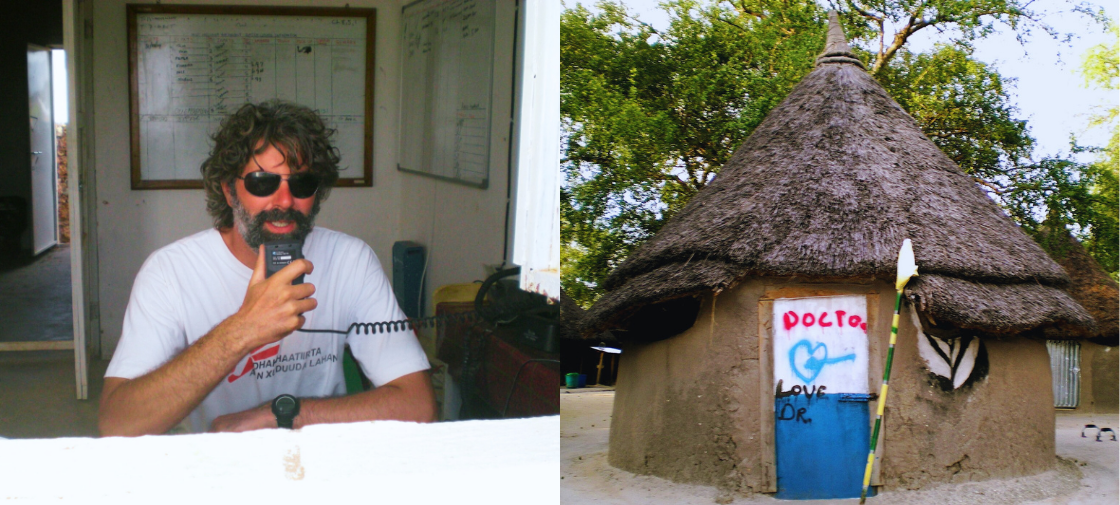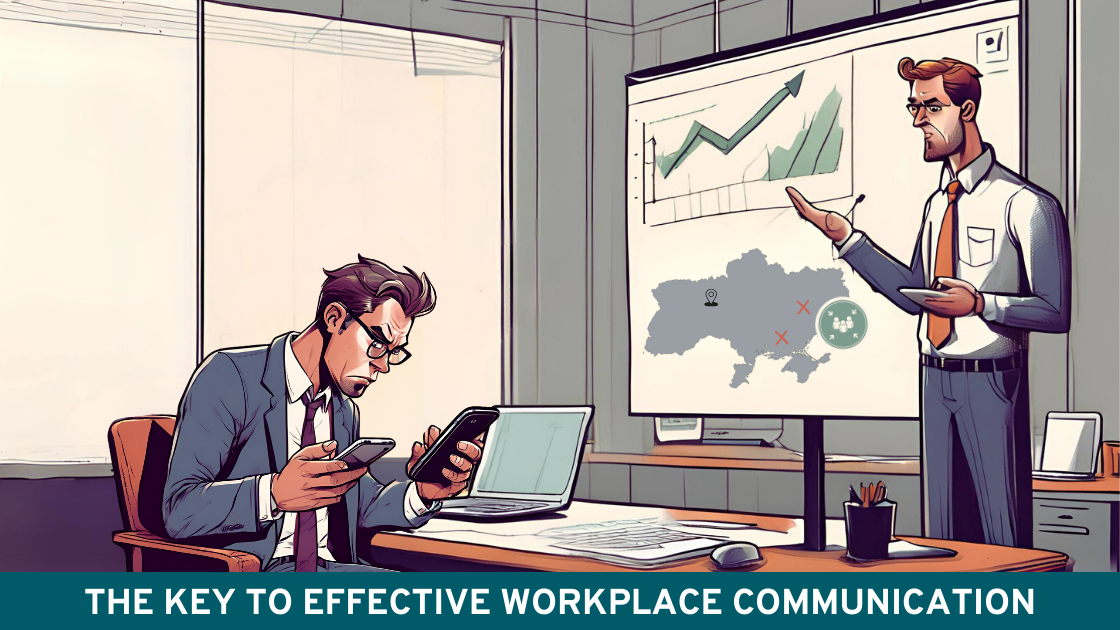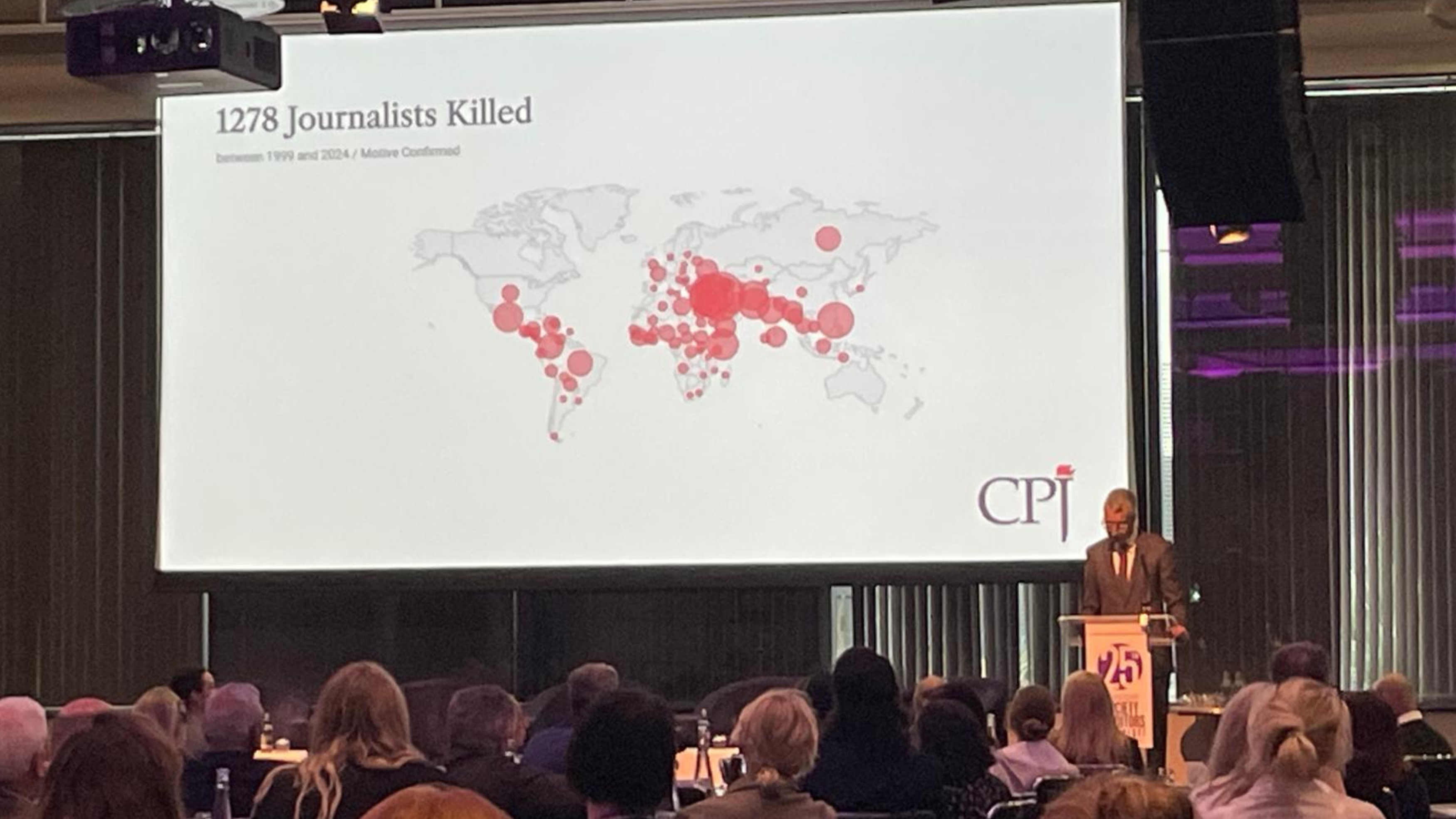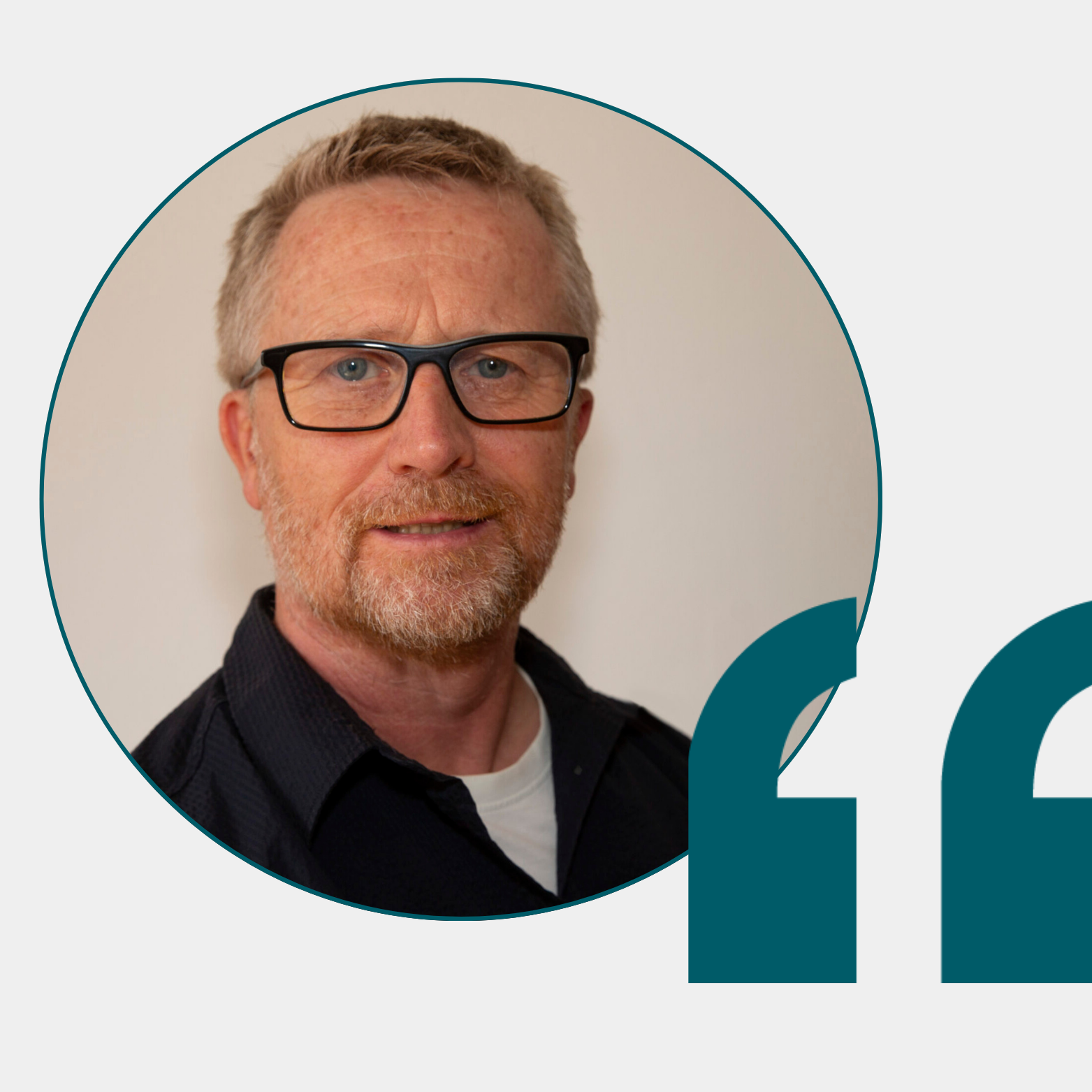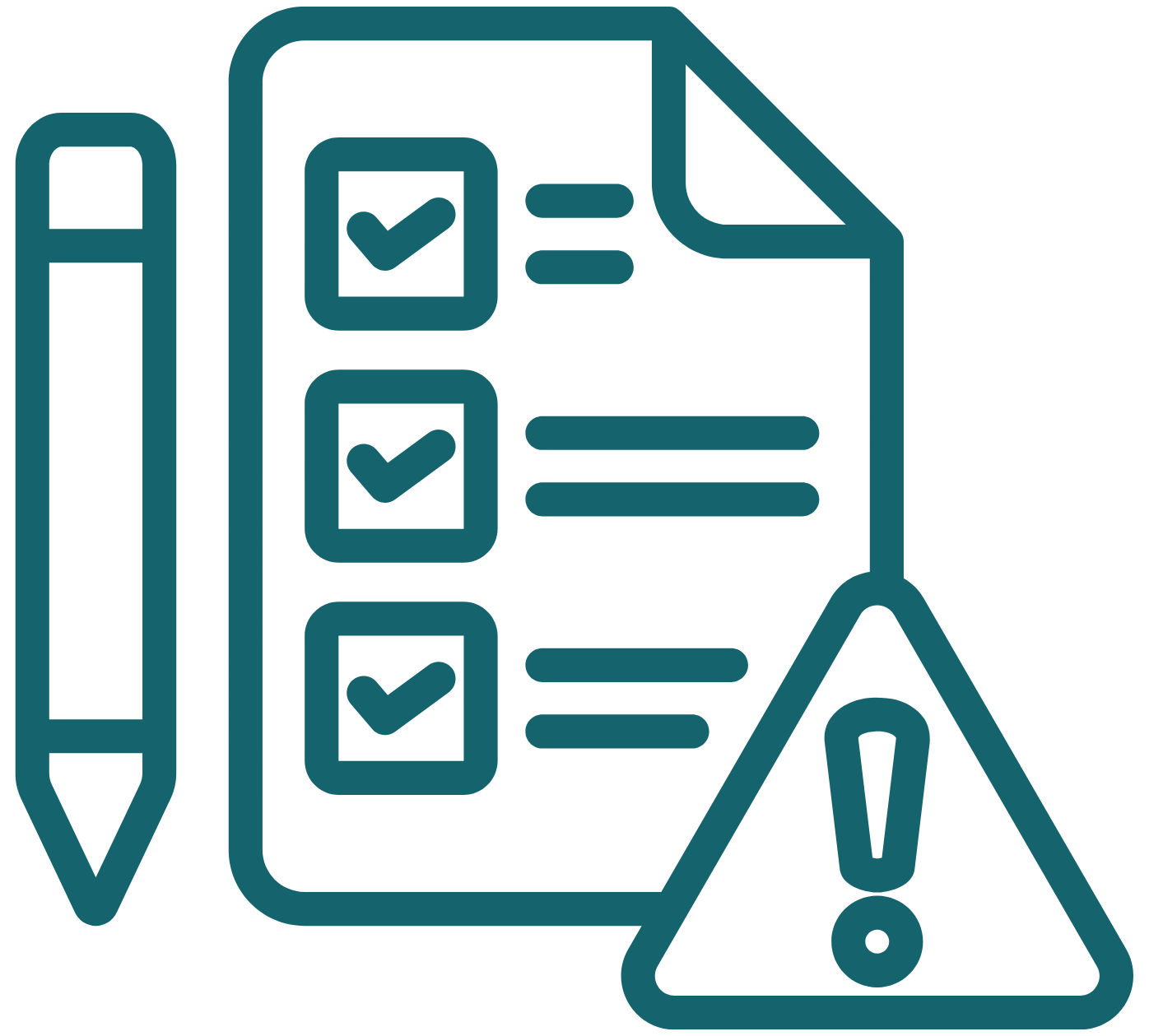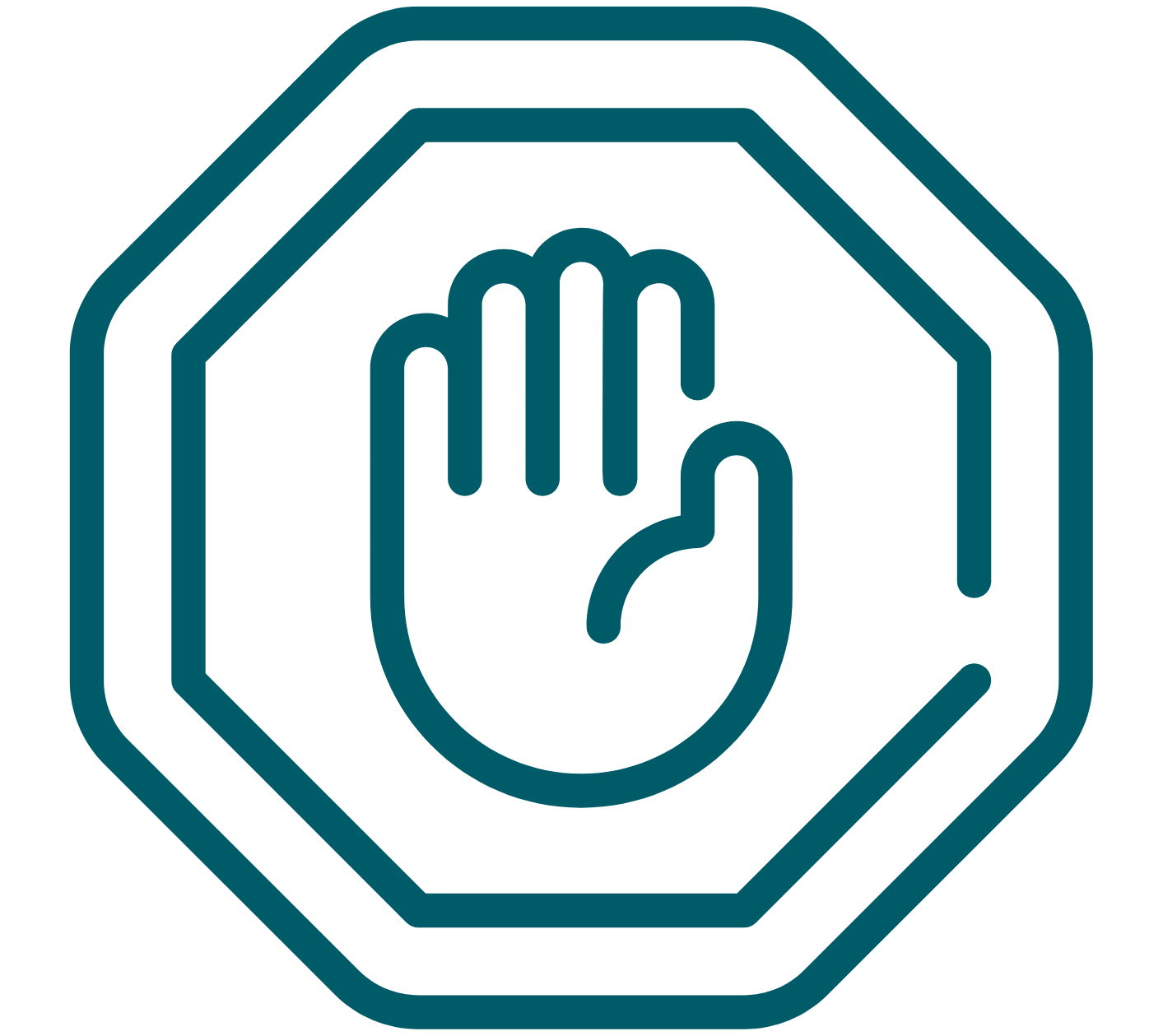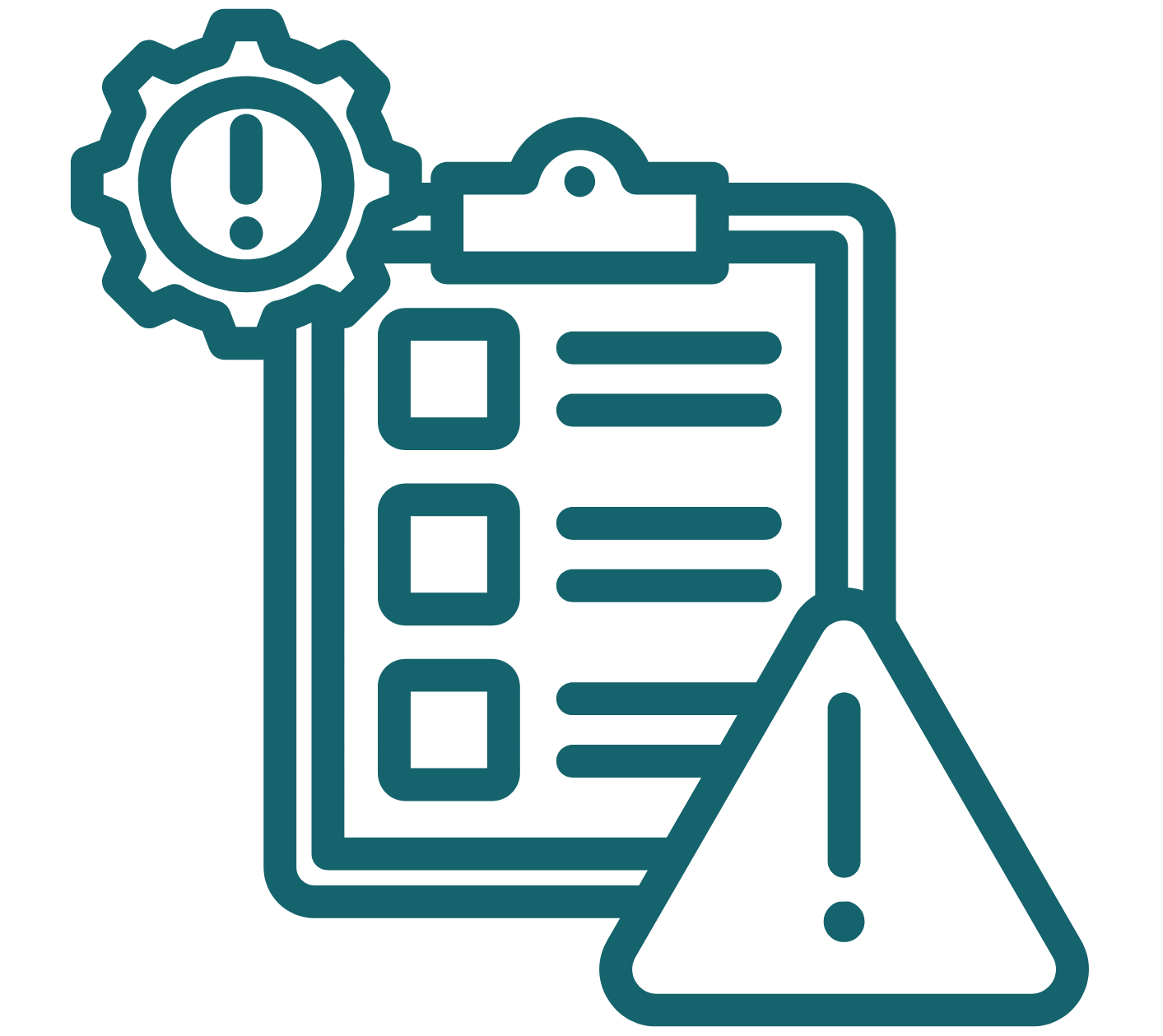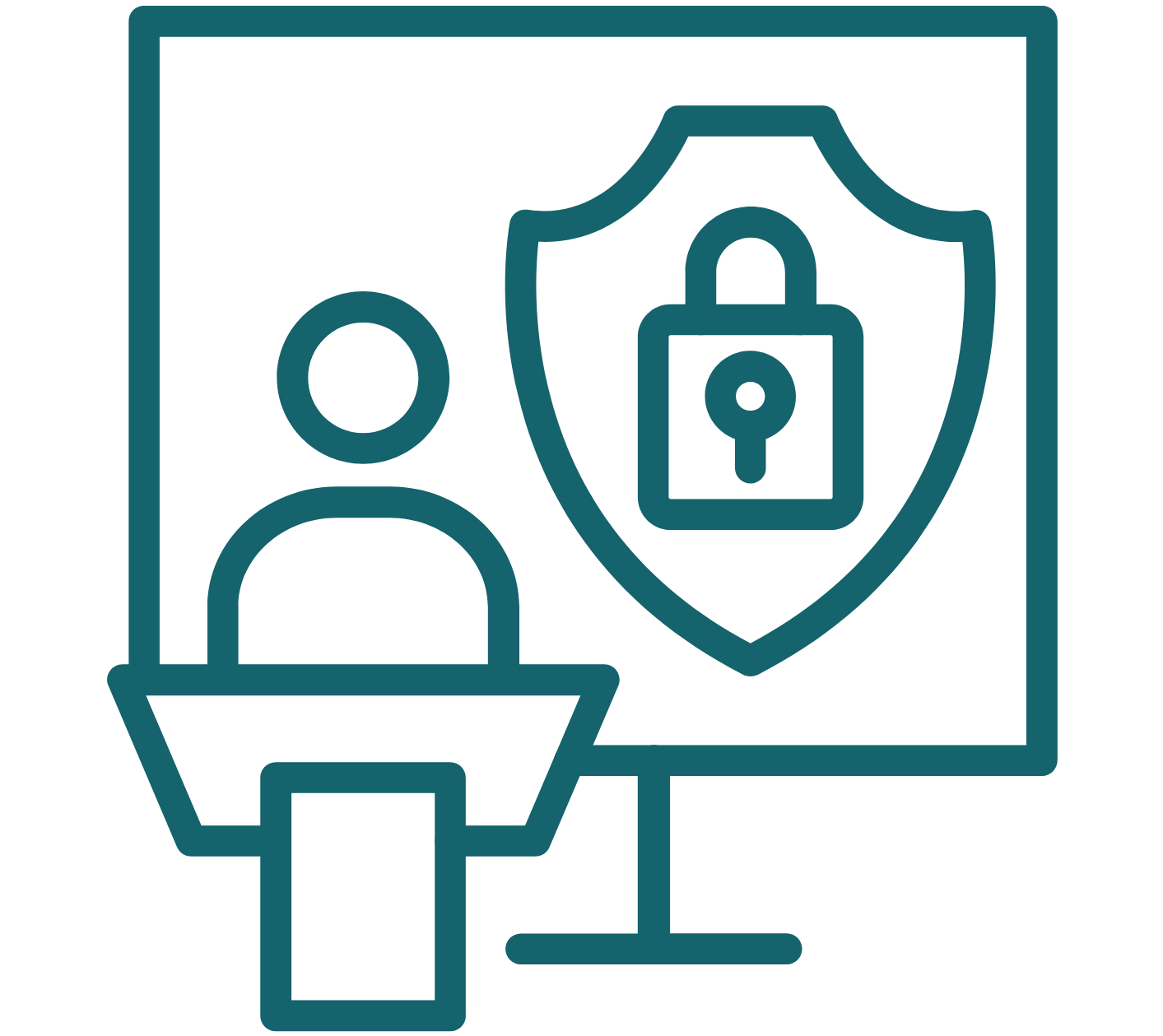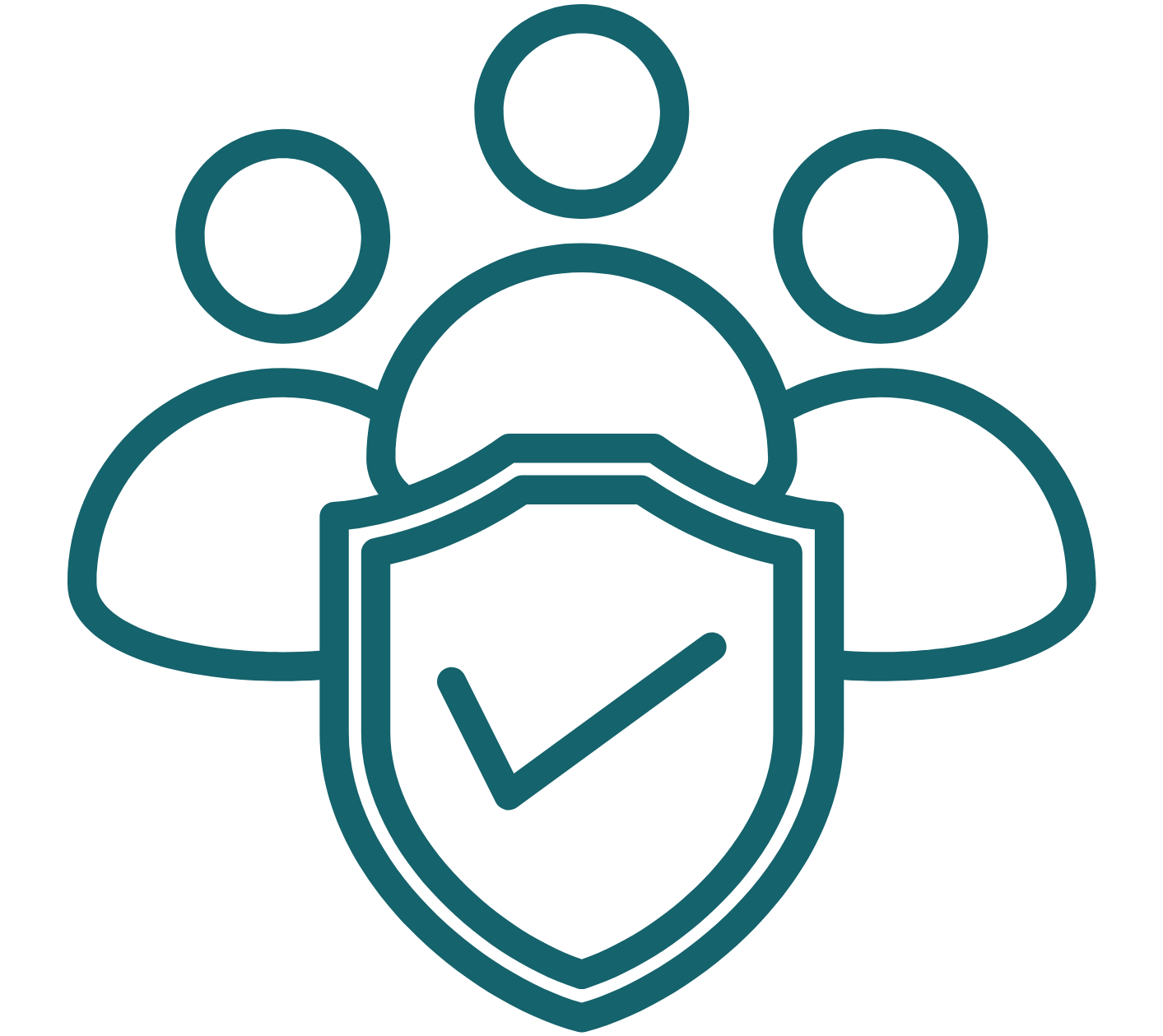RiskPal’s New Risk Matrix: A Game-Changer for Risk Assessment
RiskPal is thrilled to announce the launch of its new risk matrix and residual risk scoring features, a powerful addition to our comprehensive risk assessment platform. This innovative tool revolutionises the way organisations visualise and manage risks, offering a more streamlined and efficient approach.
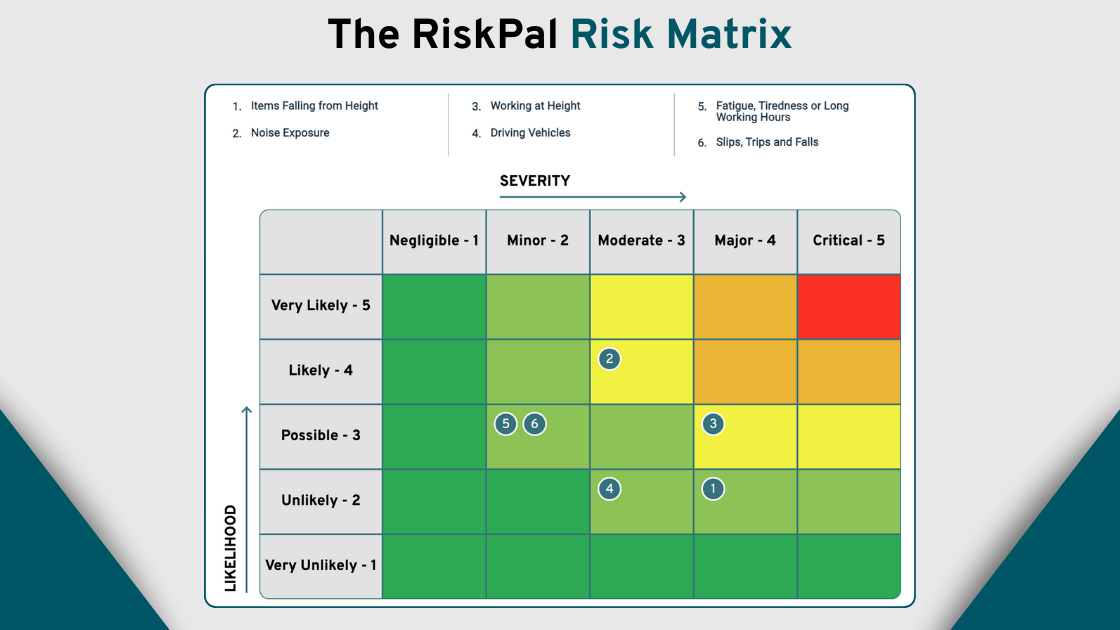
Understanding the Risk Matrix
A risk matrix is a visual tool used to assess the potential impact and likelihood of various risks. It typically consists of a grid with two axes: severity (the potential impact of a risk) and likelihood (the probability of a risk occurring). By plotting risks on this matrix, organisations can quickly identify critical threats and allocate resources accordingly.
Benefits of RiskPal’s Risk Matrix
RiskPal’s risk matrix offers several key advantages:
- Enhanced Visualisation: Our intuitive matrix allows you to instantly see the severity and likelihood of different risks, making it easier to prioritise your efforts.
- Streamlined Workflow: The risk matrix seamlessly integrates into our existing platform, streamlining your risk assessment process and saving you valuable time.
- Data-Driven Decision Making: By quantifying risks, our risk matrix empowers you to make informed decisions based on data, rather than relying on intuition alone.
- Improved Communication: The visual nature of the risk matrix facilitates effective communication about risk priorities among teams and stakeholders.
- Regulatory Compliance: Our risk matrix can help you demonstrate compliance with industry regulations and standards.
Why We Added the Risk Matrix
The decision to incorporate a risk matrix into RiskPal was driven by direct feedback from our valued clients. We recognised the need for a more visual and intuitive way to represent and prioritise risks. By listening to our clients, we were able to develop a feature that truly meets their needs.
Residual Risk Scoring
Our latest update also adds residual risk scoring to your risk assessments.
Residual risk is the level of risk that remains after all identified risks associated with an activity or project have been mitigated through risk controls. It represents a potential for harm that cannot be entirely eliminated.
Understanding the residual risk is crucial for preventing accidents and protecting your workforce. Organisations must decide if the leftover risk is acceptable or too much of a gamble.
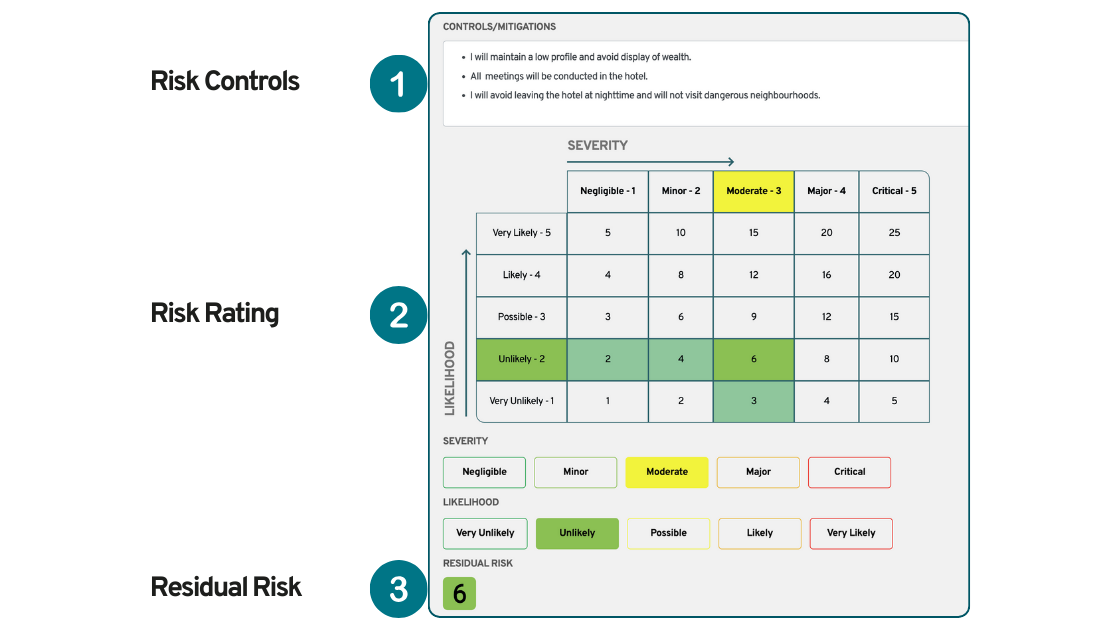
How RiskPal Improves Risk Assessment
RiskPal offers a significant improvement over traditional risk assessment methods. Here’s how:
- Efficiency: Our platform automates many of the time-consuming tasks associated with risk assessment, allowing you to focus on high-value activities.
- Scalability: RiskPal can handle risk assessments of any size or complexity, making it suitable for organisations of all sizes.
- Integration: Our platform seamlessly integrates with business workflows. We have a dedicated customer success team to help organisations roll out and implement the solution.
RiskPal is a game-changer for organisations seeking to improve their risk assessment capabilities. By offering a more visual, efficient and data-driven approach, our platform empowers you to make informed decisions and mitigate risks effectively.
RiskPal is making safety simple and compliance straightforward. Get in touch to find out more.
